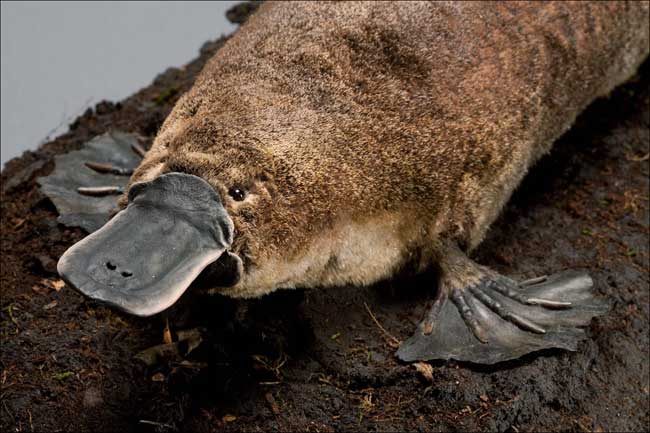


Include some pictures to visually show some of the similarities or differences.Īfter reading the article, with a partner, highlight all the openers you can find in blue. The platypus along with its compatriot, the echidna are the worlds only surviving monotremes, which means theyre egg-laying mammals. Do some research about these animals and make a list of things that they have in common and things that are different.Įxtension: Display your findings from the main activity in a table or Venn diagram. Scientists have found a promising new lead for diabetes treatments in perhaps the unlikeliest of places: the venom of the Australian duck-billed platypus. 5 kDa, which are referred to as defensin-like. We learnt from the story that the platypus is a monotreme. The venom of the male Australian duck-billed platypus contains a family of four polypeptides of appox. Write an interesting paragraph that contains all of these vocabulary words from the article:Įxtension: Choose 3 more interesting words from the article and come up with some alternative words that could be used in their place. Monotreme: a primitive mammal that lays large yolky eggs.Īntivenene: a medicine that fights poison Venom: a poisonous substance secreted by animals such as snakes, spiders, and scorpions.Įxtraction: the action of removing something. Once the milking was complete, Yaro, the platypus was released back into his pond for a swim. Mr Faulkner said animal venoms have been researched and used in medicines to assist in many medical ailments including Taipan venom being used to help with stroke victims, venom from the poisonous lizard the Gila monster being used to help cure diabetes and pit vipers contributing to pain killers. The platypus venom will be sent to universities across Sydney to see if it holds any properties that could prove useful in medicines. You never know what properties lie within this kind of venom, especially the venom of a mammal as there aren’t many mammals with venom in the entire world” Platypus venom may provide clinically useful substances and improve understanding and treatment of novel pain pathways (Fenner et al. It is a very unique animal, becaus it looks like a cross between a duck (beak), beaver (tail, feet), bear (claws) and otter (fur). 2001) begins with a young duck who disregarded her tribe’s warning of Mulloka (or Waaway). “This kind of research is vital to moving forward with medicine. A dreamtime story of the platypus from the upper reaches of the Darling River (McKay et al. Media_camera A sharp spur on the leg of a male platypus.


 0 kommentar(er)
0 kommentar(er)
